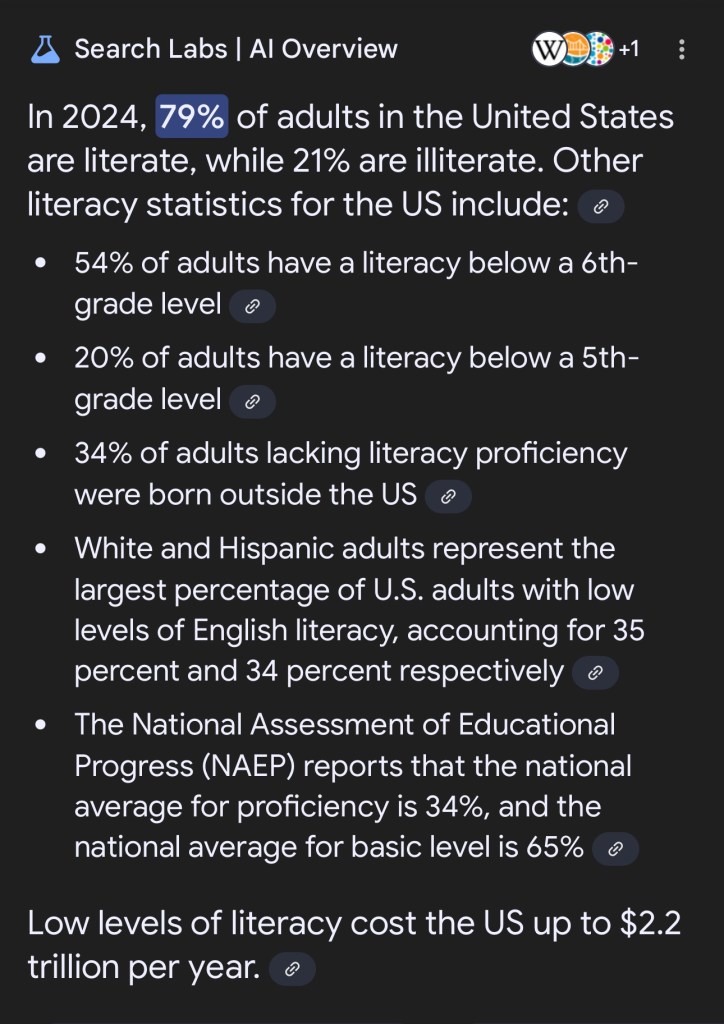Psychedelic Drugs Are Rushing Towards Approval for Therapy. Here’s What’s Next
Yet one glaring problem remains. Despite promising clinical results, no one knows exactly how psychedelic drugs work in the brain. Examining their actions on brain cells isn’t just an academic curiosity. It could give rise to variants that maintain antidepressant properties without the high. And because hallucinogens substantially alter our perception [management?!] of the world, they could be powerful tools for investigating the neurobiology behind consciousness.
…
This year, scientists found another common theme—psychedelics seem to “reset” the brain to a more youthful state, at least in mice. Like humans, mice have an adolescent critical period, during which their brains are highly malleable and can easily rewire neural circuits, but the window closes after adulthood.
…
An earlier study showed that MDMA reopens the critical window in adult mice, so that they change their “personality.” Mice raised alone are often introverted and prefer to keep to themselves in adulthood. A dose of MDMA increased their willingness to snuggle with other mice—essentially, they learned to associate socializing with happiness, concluded the study.
It’s not that surprising. MDMA is well-known to promote empathy and bonding. The new study, by the same team, extended their early results to four psychedelics that don’t trigger fuzzy feelings—LSD, ketamine, psilocybin, and ibogaine. Similar to MDMA, adult mice raised alone changed their usual preference for solitude when treated with any of the drugs. Because habits are hard to change in adulthood—for mice and men—the drugs may have reopened the critical period, allowing the brain to more easily rewire neural connections based on new experiences.
…
These are just early results. But psychedelic research is gaining a new ally—artificial intelligence. Algorithms that predict protein structure, combined with rational drug design, could generate psychedelics that retain their psychiatric benefits without the high.
H/T: The Most Revolutionary Act
Related:
Psychoanalytic roots of CIA psychoprofiling/pseudoscience
Meaghan thought psychedelic therapy could help her PTSD. Instead it was the start of a nightmare
Why is the American right suddenly so interested in psychedelic drugs
What if a Pill Can Change Your Politics or Religious Beliefs? (archived)
Do Psychedelic Trips Change Your Political Views? (archived)




You must be logged in to post a comment.